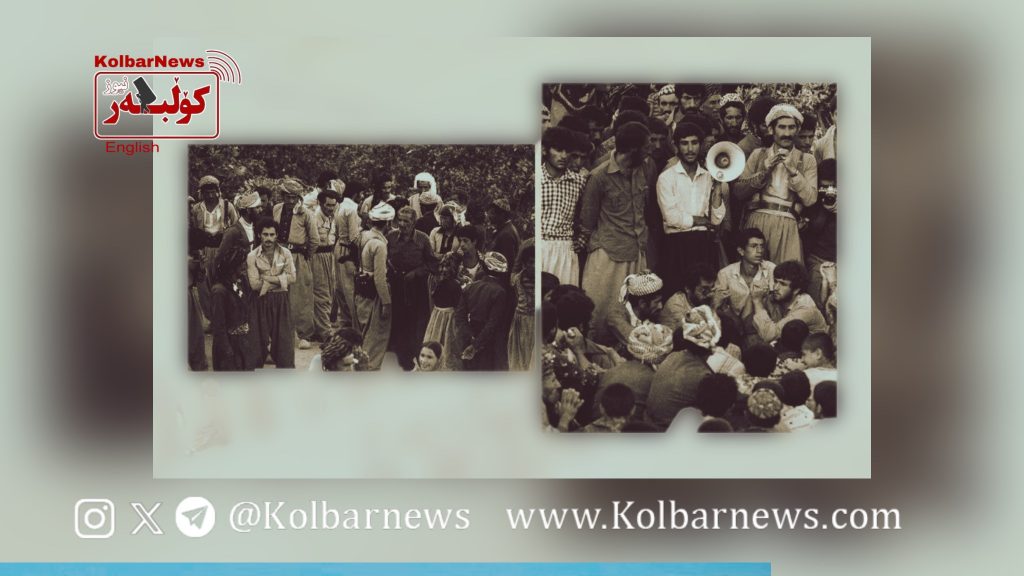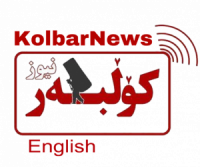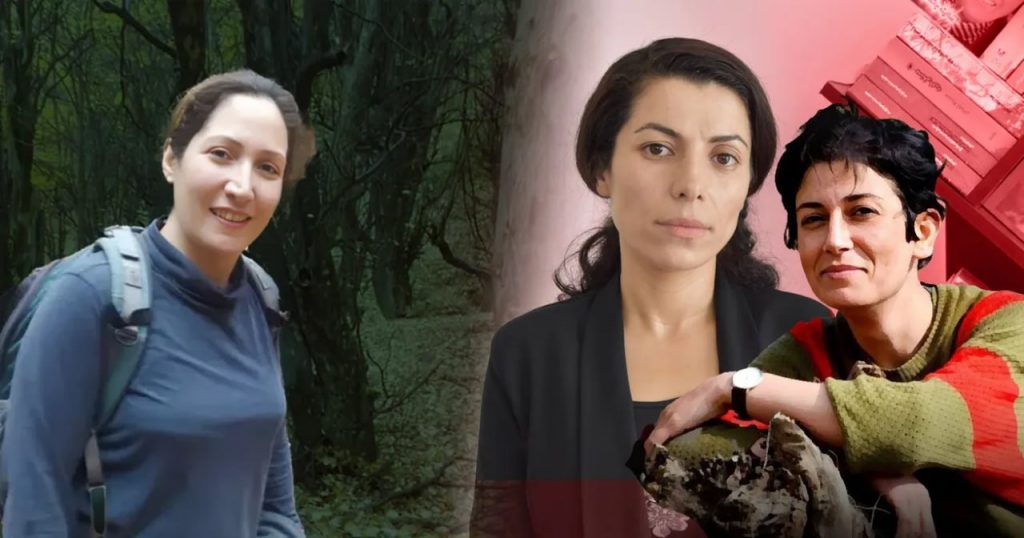
July 21 marks the 45th anniversary of the historic and honorable migration of the people of Marivan. Following the rise to power of the Islamic regime with the help of American imperialism, the people of Marivan, under the leadership of Kak Fouad Mostafa-Soltani and members of Komala, organized themselves in various popular organizations in the city and villages of Kurdistan, including Marivan, to resist the new reactionary and religious regime and its local collaborators. Among these popular organizations were the “Peasants’ Union,” the “Teachers’ Society,” the “City Council,” the “Marivan Protection Headquarters,” the “Municipal Workers’ Council,” the “Union of Unemployed Workers,” the “Women’s Society,” later the “Women’s Union,” and the “Students’ Association.” These organizations, coordinated by communists, became the hegemonic force in managing the city.
Armed individuals and newly-formed local mercenaries, supported by the military forces stationed in the Marivan garrison, began consolidating their power. Especially the Quranic School, which soon became a nest for reactionaries, particularly old landlords and SAVAK agents who had taken refuge there, started interfering in the administration of the city, which was being managed in a fully democratic manner by the City Council. The council, in which women and the working class played a prominent role, had instilled a great deal of confidence in various social groups in the city to manage their own affairs. This method of city administration, which attracted visits and lessons from revolutionary and secular forces from other parts of Iran, posed a clear threat to the new religious and despotic government and the local reactionaries. They, especially those based in the centers of reactionaries, felt threatened by the democratic actions of the revolutionaries and secular forces in favor of workers, women, and peasants against the remnants of the old landlords and SAVAK agents. With the help of individuals from the Quranic School, they adopted clear anti-people, anti-communist, and anti-worker actions. The reactionaries, particularly against the active women in the city administration and those organized in the “Women’s Society,” began spreading slander. The remnants of the anti-popular Shah’s army and the new armed individuals sent by the new regime were reinforced and prepared to attack the city at the Marivan garrison. To prepare the ground, they initially launched terrorist attacks against influential and active individuals in the city to disrupt the security established in Marivan. The City Council immediately formed a protection headquarters, and armed patrols ended the terrorist operations. This time, the local reactionaries and members of the Quranic School openly started armed attacks on activists, especially communists. Their repressive actions united the people’s and revolutionary forces in the city, and increased the activities of the free women, fighting citizens, and the protection headquarters. The City Council, with collective and popular methods, normalized life in the city and strengthened its connections with revolutionaries in other cities in Kurdistan and outside Kurdistan. For a while, calm prevailed in the city, during which the ranks of the revolution and counter-revolution prepared for a decisive confrontation. In such circumstances, the establishment of the Revolutionary Guards headquarters in the city and the presence of some thugs and notorious members of the Quranic School worried the people and revolutionary forces.
From the first day of establishing the headquarters, the thugs began stopping vehicles without reason and warning women to observe mandatory hijab in front of their location. They openly threatened the protection headquarters, revolutionaries, and communists. After consulting with influential individuals and activists in other revolutionary and popular institutions, the protection headquarters decided to organize a popular demonstration with the slogan of closing the nest of mercenaries and preventing the propaganda of the Bazargan interim cabinet and the state radio and television against the people of Kurdistan. July 14 was chosen for this demonstration. A large number of city residents and villagers from the surrounding areas held an orderly and magnificent demonstration on this day. The demonstration was bloodily suppressed by the Revolutionary Guards stationed at the new headquarters. The angry demonstrators, on the orders of the protection headquarters officials, attacked and captured the headquarters.
From that day until July 21, several rounds of negotiations were held with the garrison commander and representatives of the new regime, demanding the handover of the city to the Revolutionary Guards, which led nowhere. The garrison commander informed the representatives of the government’s decision to forcibly seize the city. In a half-hour consultation with those present, the council members decided to evacuate the city’s residents, young and old, to avoid confrontation with a heavily armed and ready-to-kill force. This decision was immediately communicated to the people by organized activists, and except for the armed individuals organized to protect people’s homes, the rest left the city quickly and in an astonishing order.

